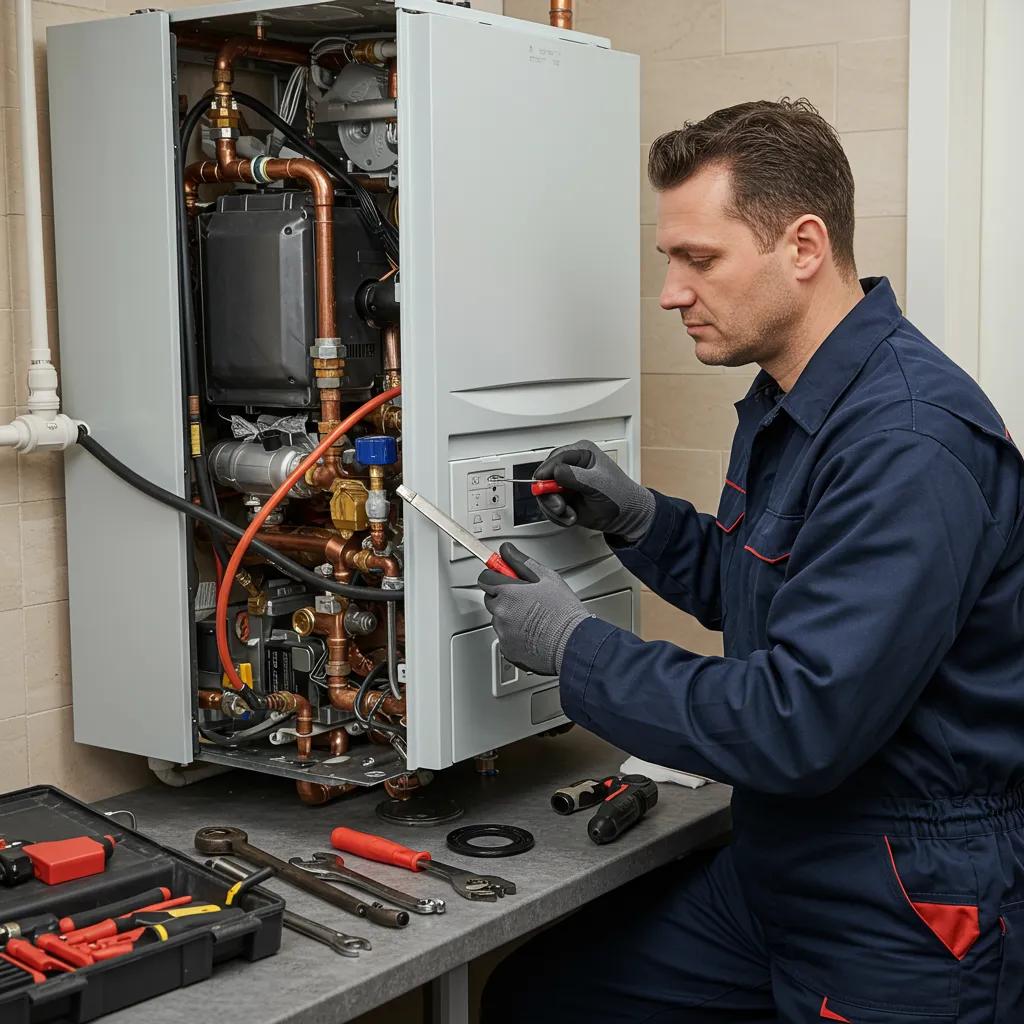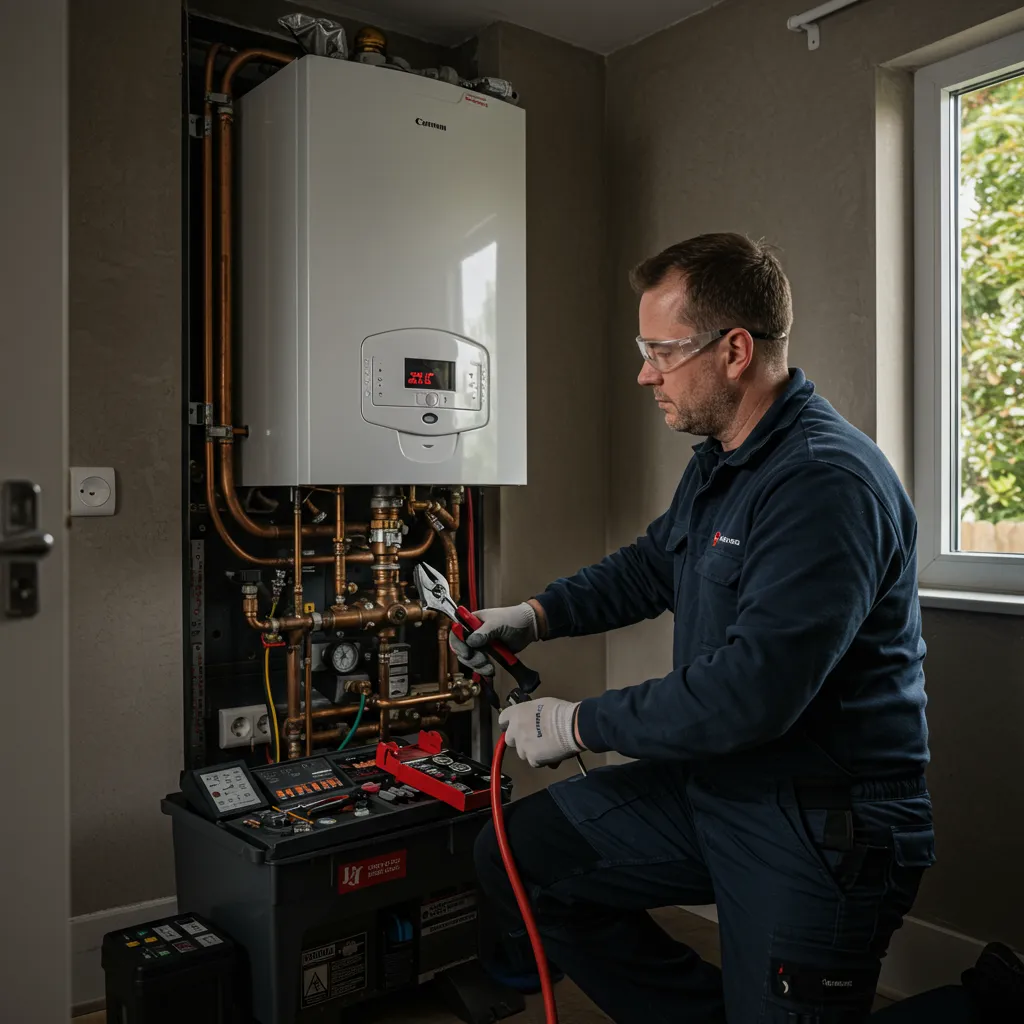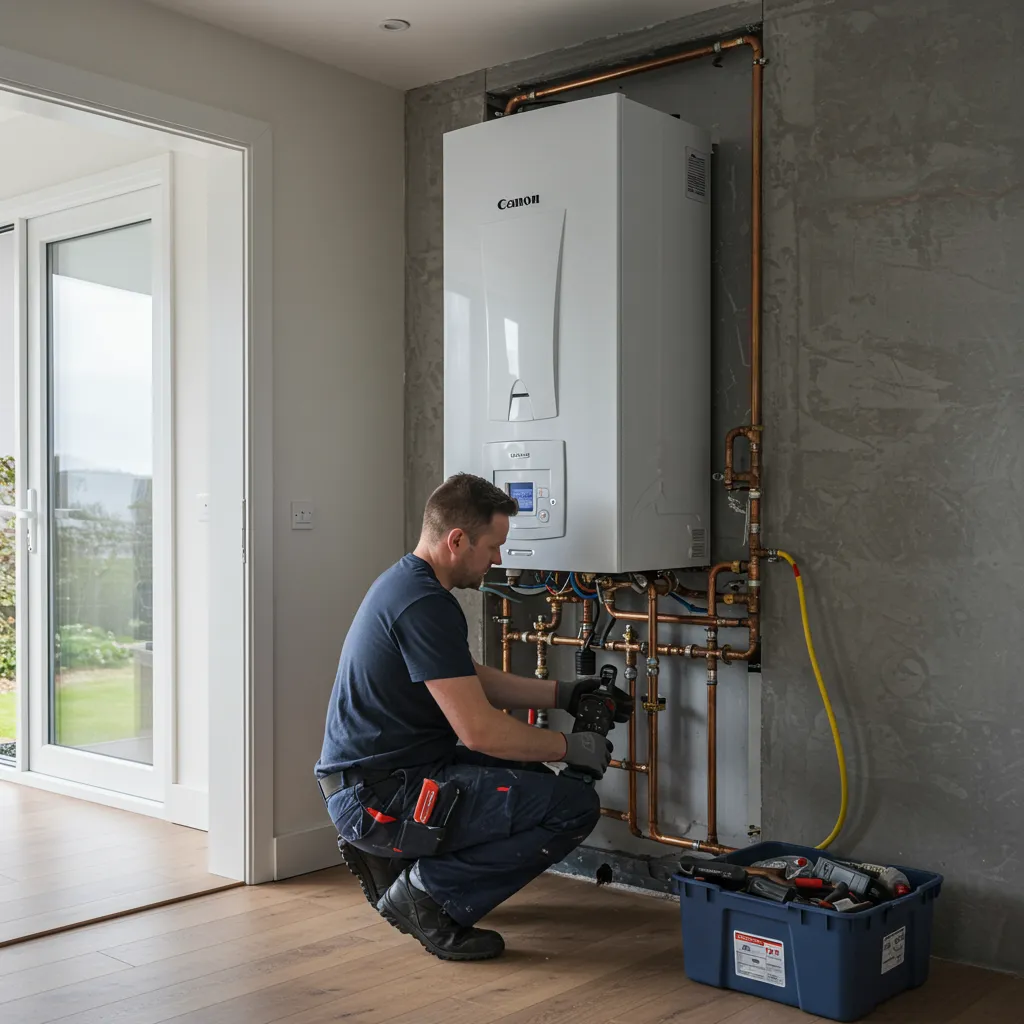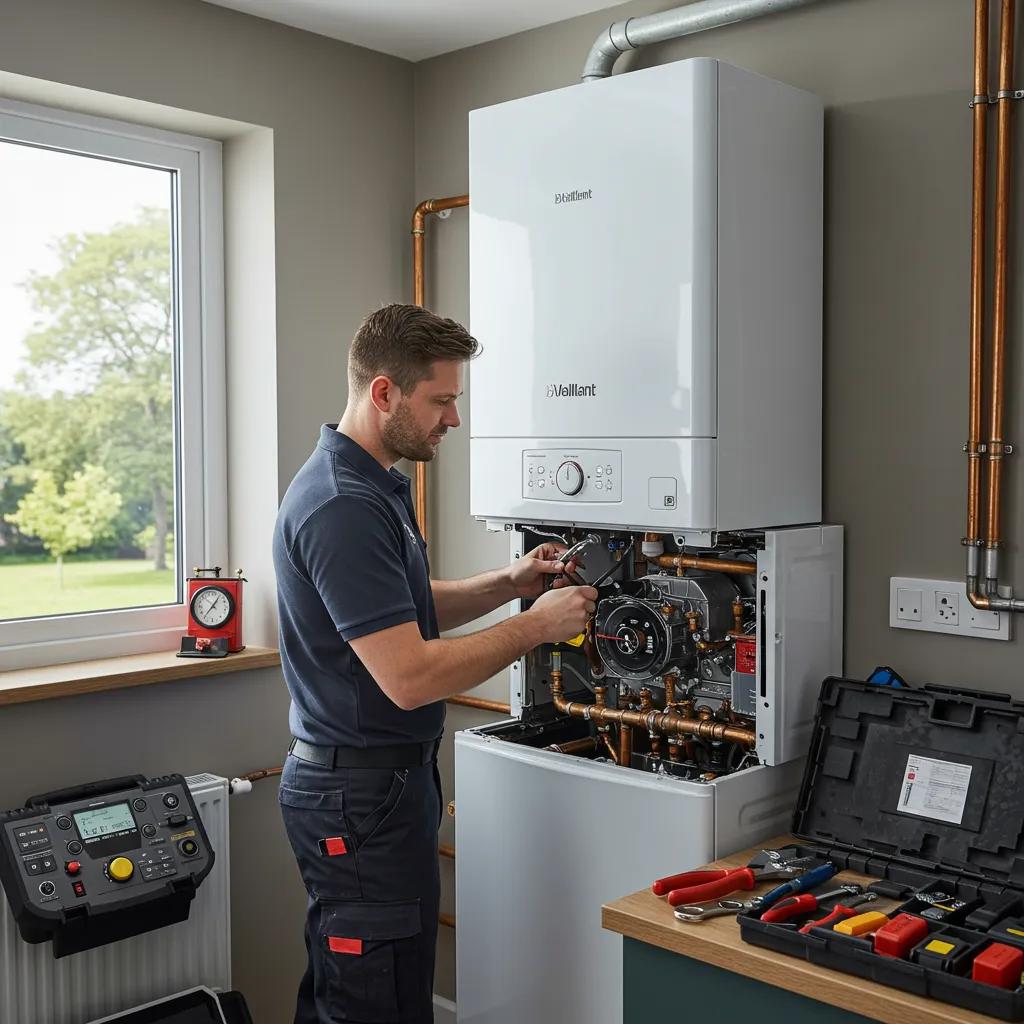Emergency Boiler Repair in Glasgow — 24/7
Call now for fast, local service from Gas Safe engineers. Same-day repairs, no call-out fees.
OUR SERVICES
High-quality Boiler/Plumbing Services
No heat, no hot water, leaks, low pressure or ignition faults fixed the same day where possible. We repair modern condensing boilers — combi, system and regular — from Worcester Bosch, Vaillant, Ideal, Baxi, Glow-worm and more.
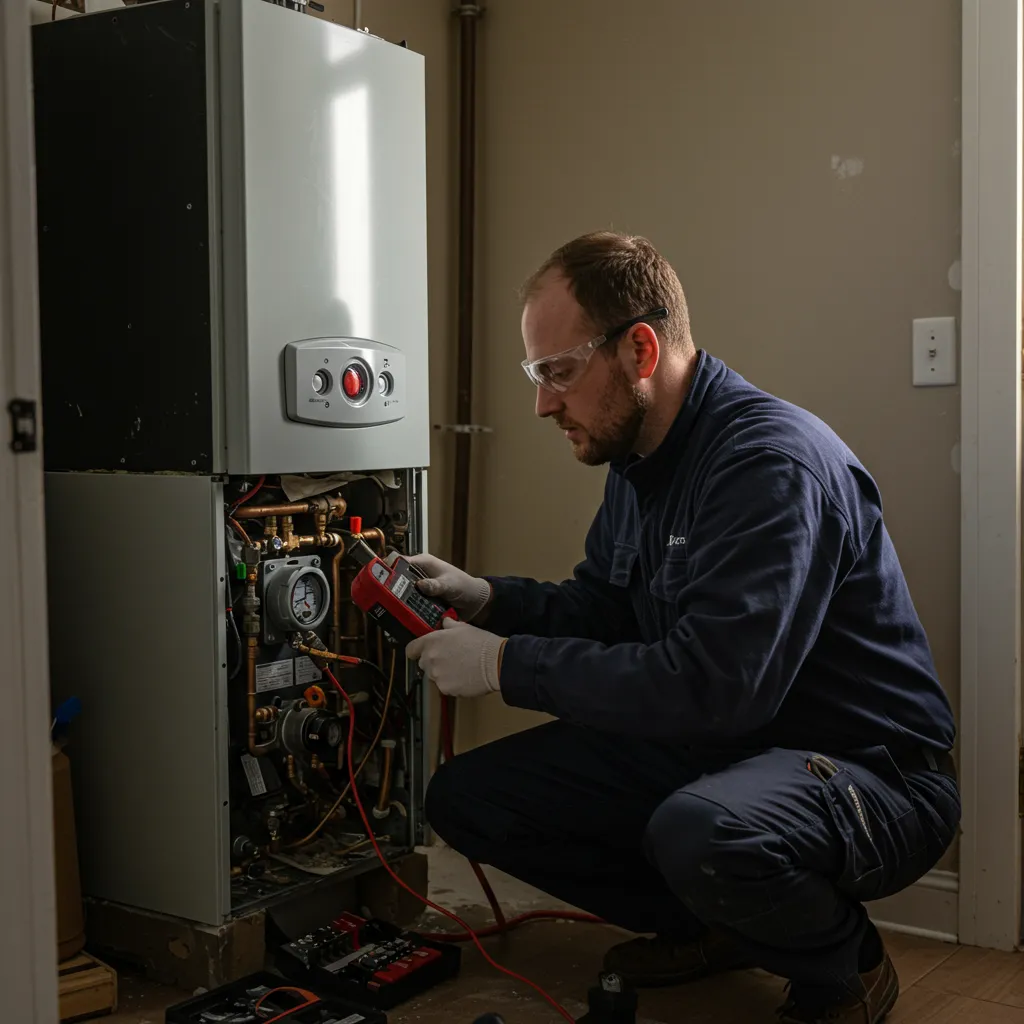
Annual servicing for efficiency and safety, plus landlord gas safety certificates (CP12). We check combustion, flue integrity, gas tightness and controls, then provide documentation.
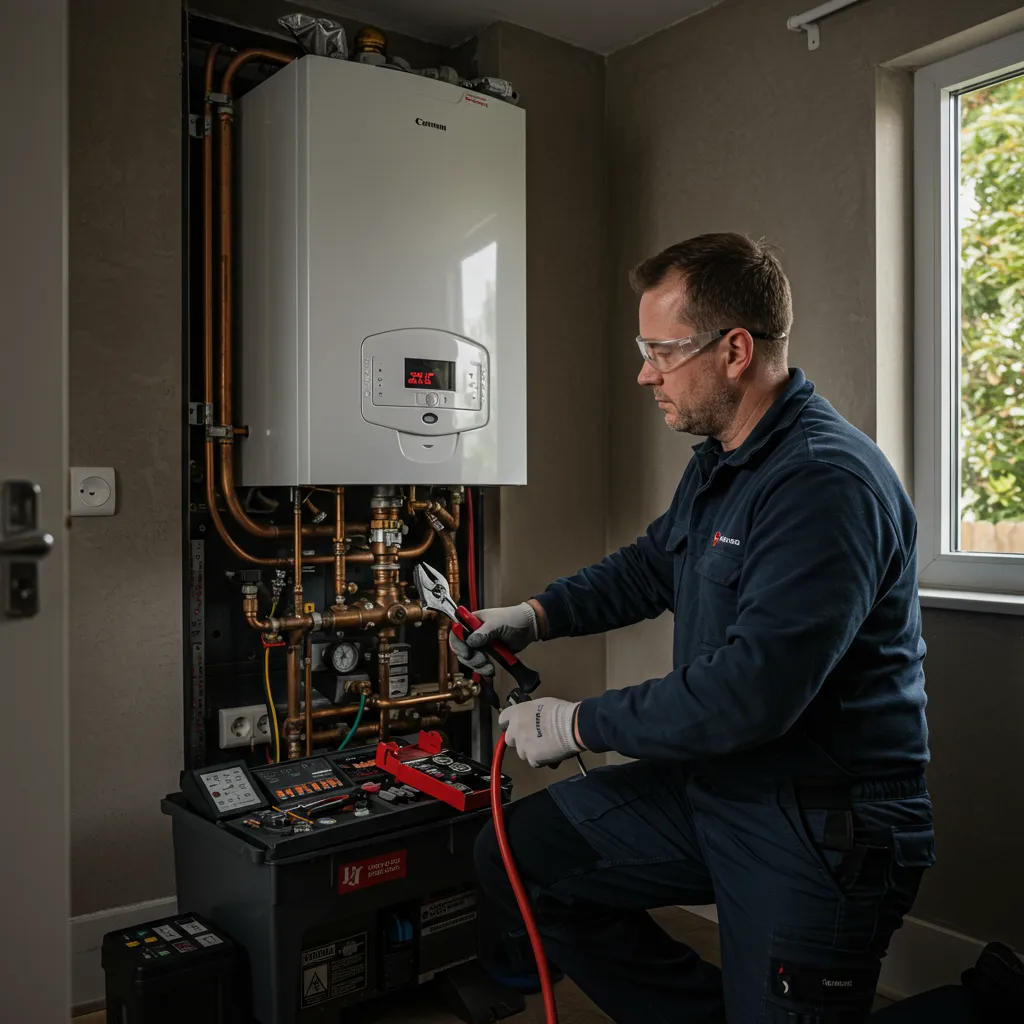
A-rated combi and system boilers, honest sizing advice, neat installs and clear warranties. We remove the old unit, fit the new boiler, commission, balance and demonstrate controls.
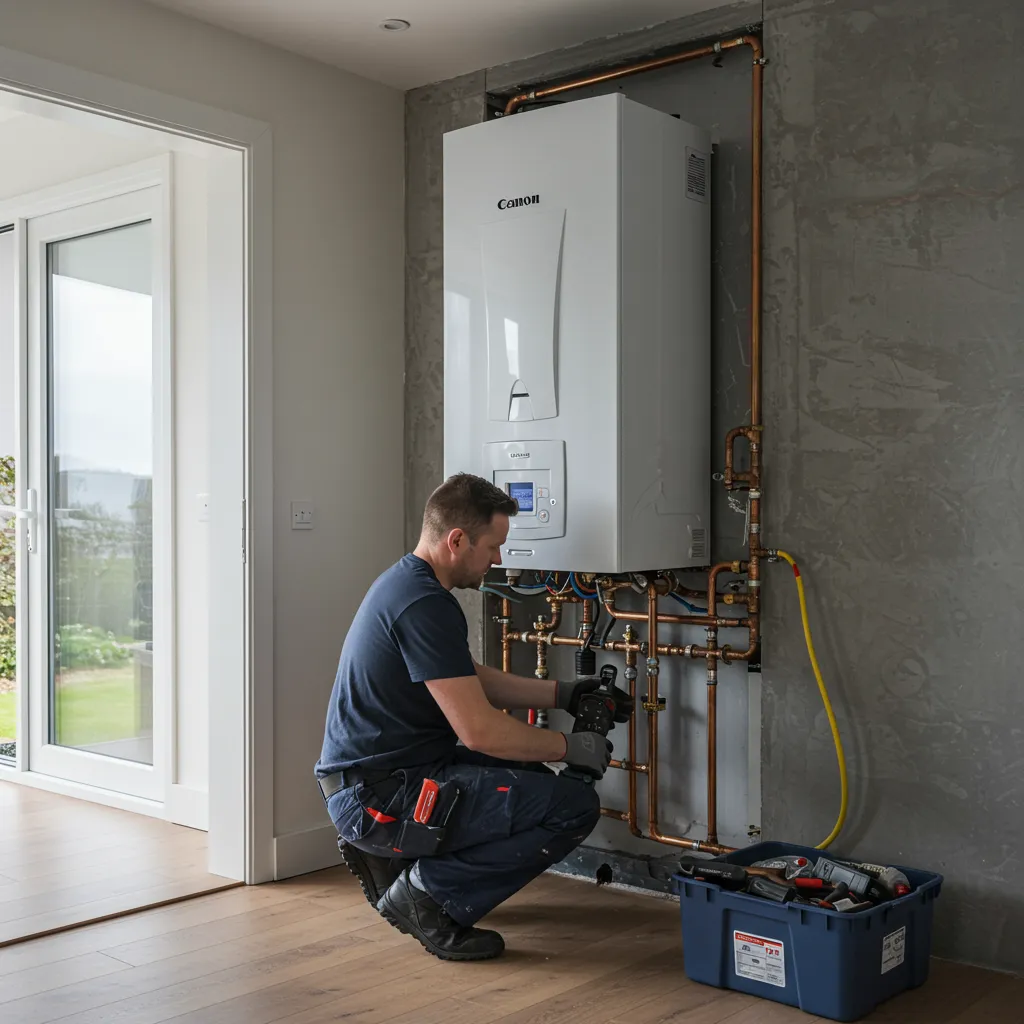
New radiators and relocations with proper sizing and valve selection. We balance the system so every room heats evenly and efficiently.
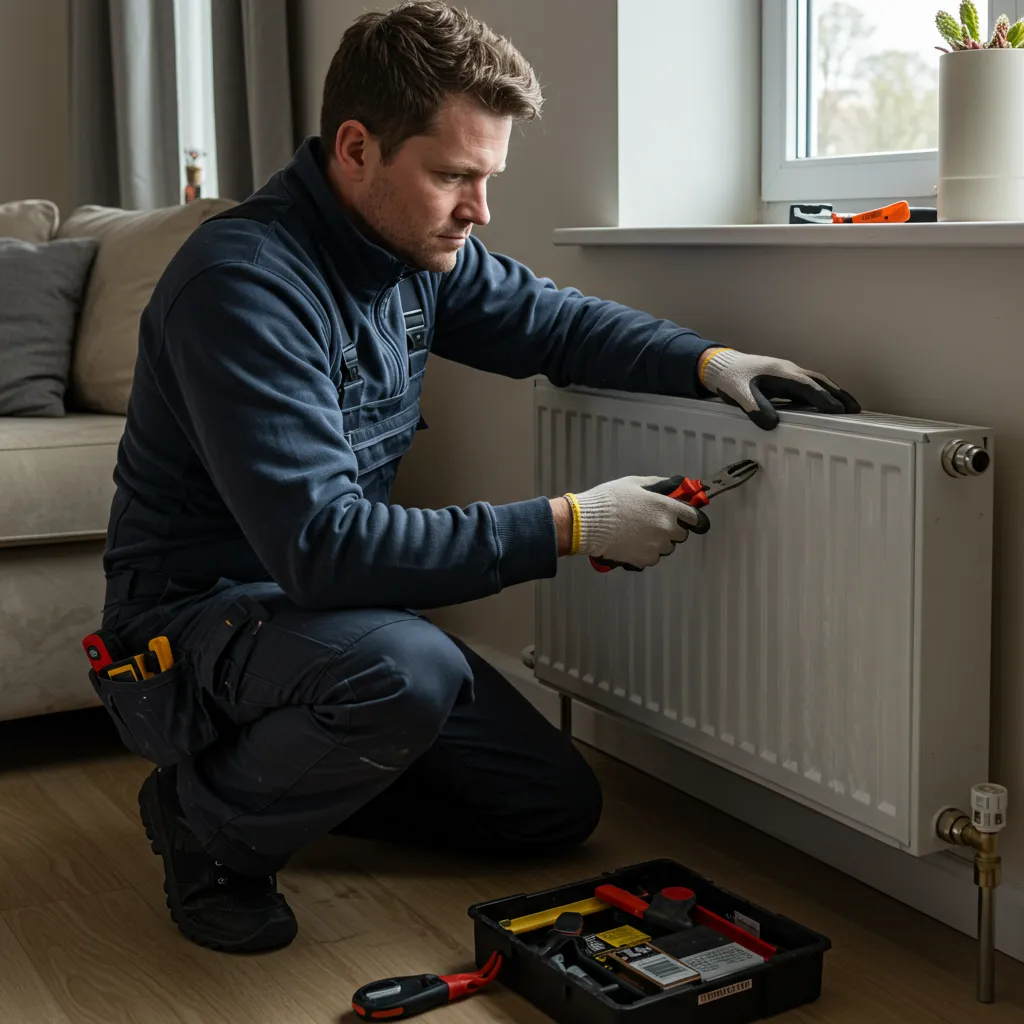
Rapid leak response, tightness testing and compliant repairs or re-runs. We handle meter-to-appliance pipe work and pressure/ventilation checks.
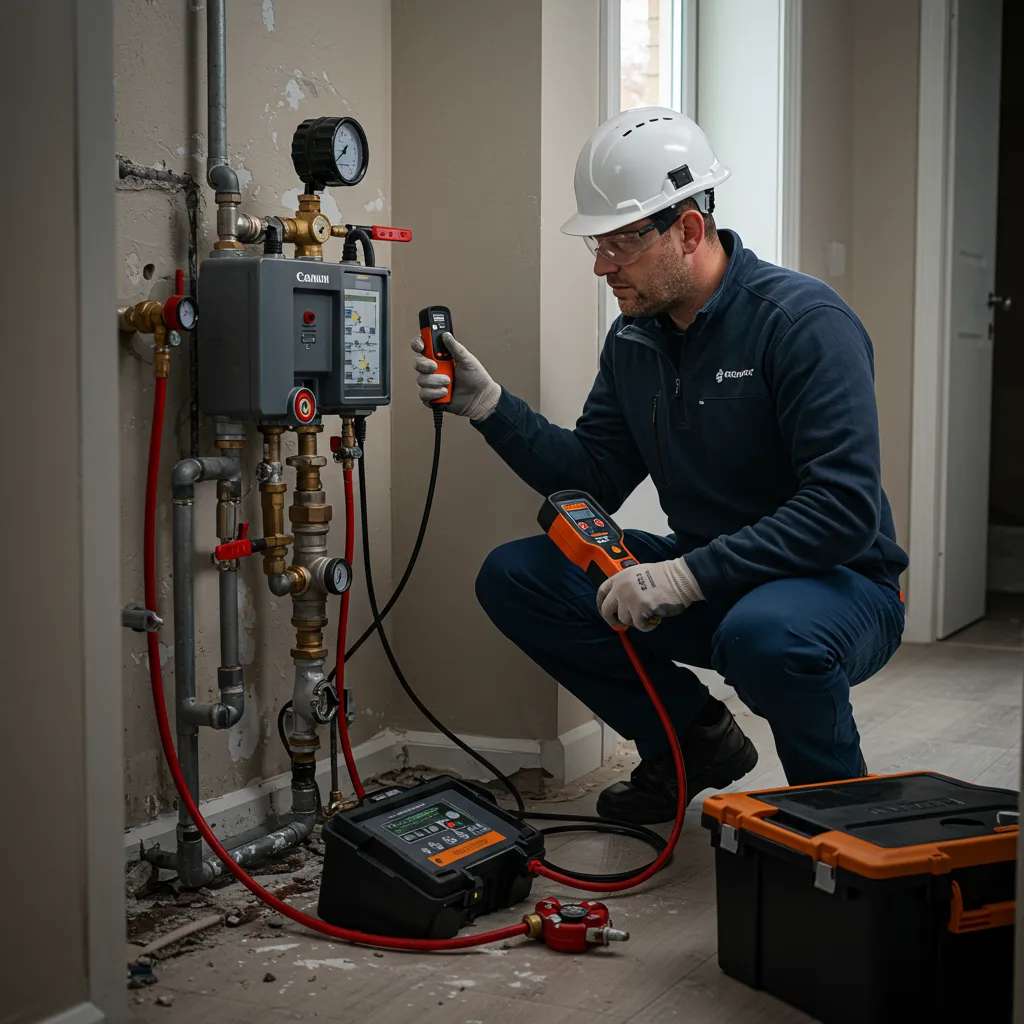
Sinks, taps, showers, wastes and toilets — repairs and new installs with quality parts and a tidy finish.
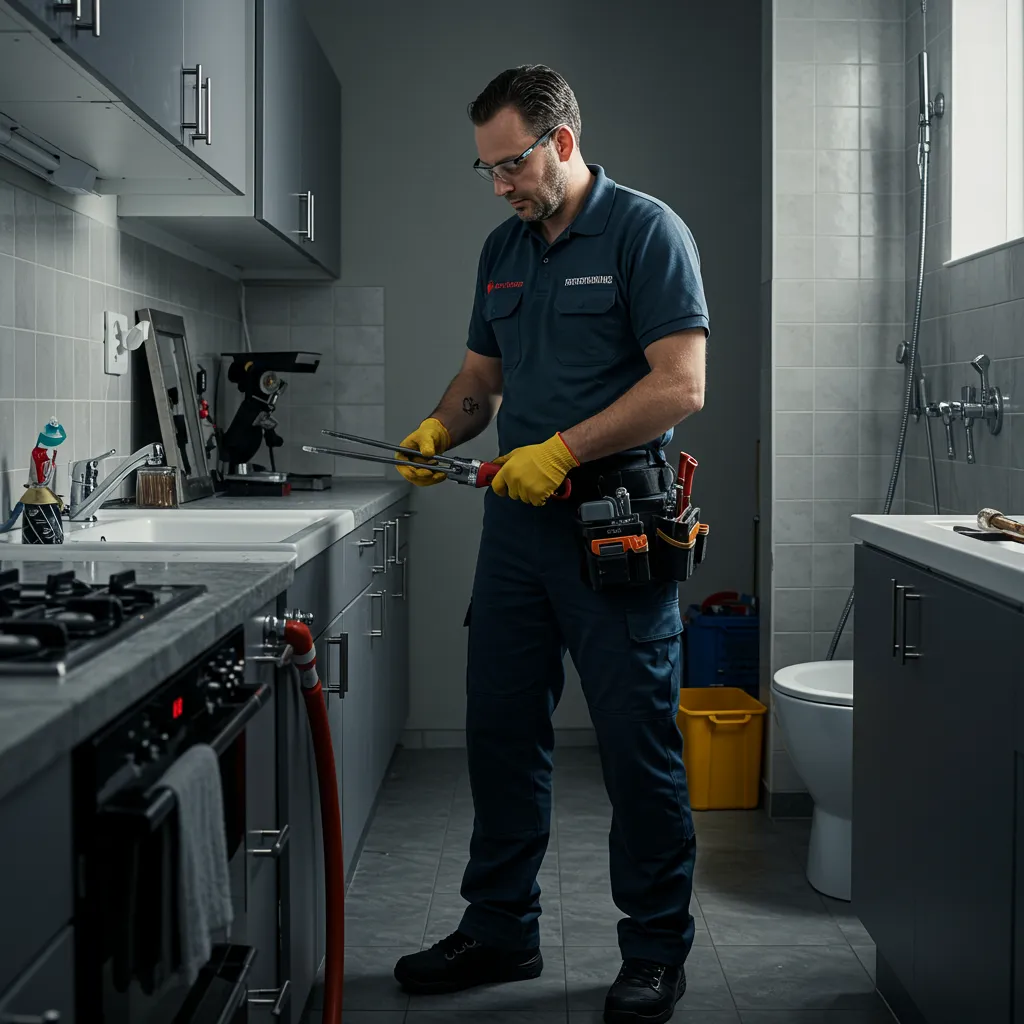
New runs, replacements and leak repairs. We recommend inhibitors and filtration where appropriate to protect your system.
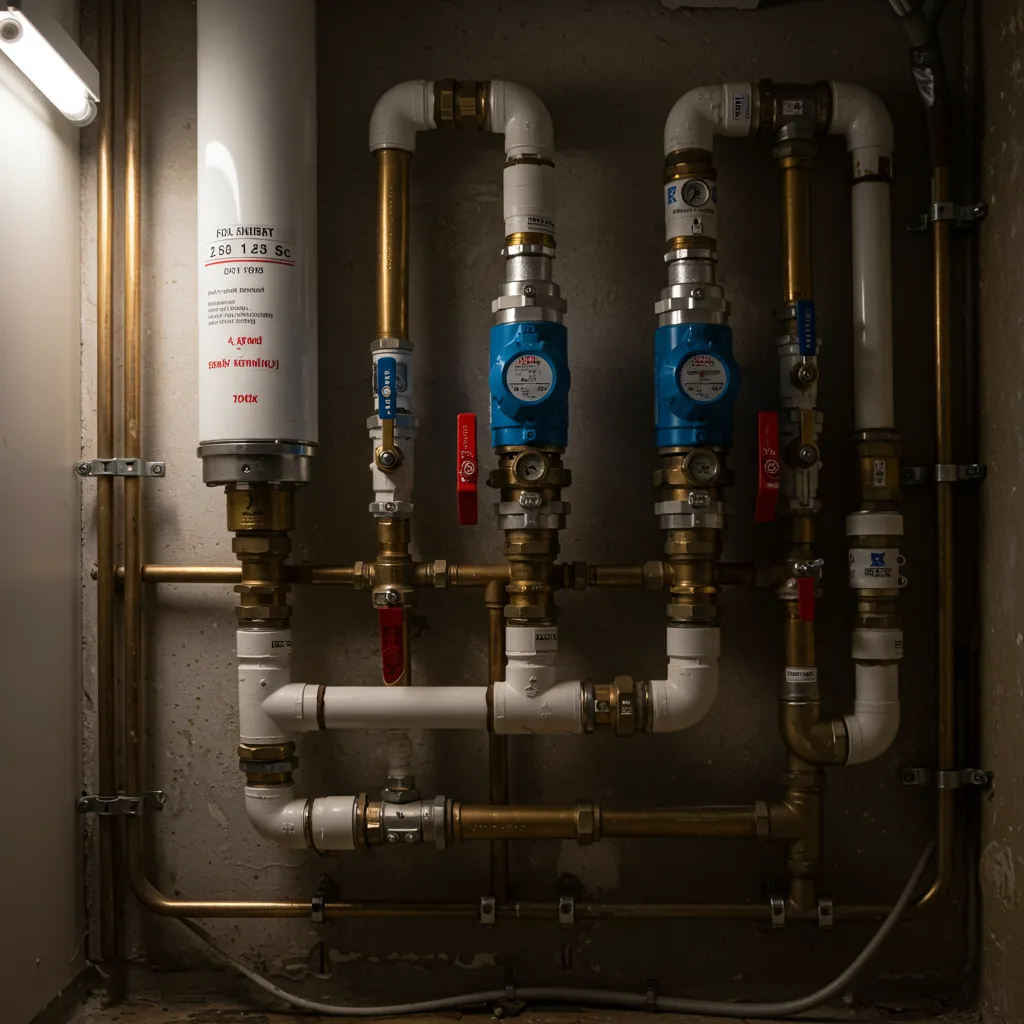
Fast unblocking, odour fixes and durable repairs for indoor and outdoor drains. We also diagnose recurring blockages and recommend long-term prevention.
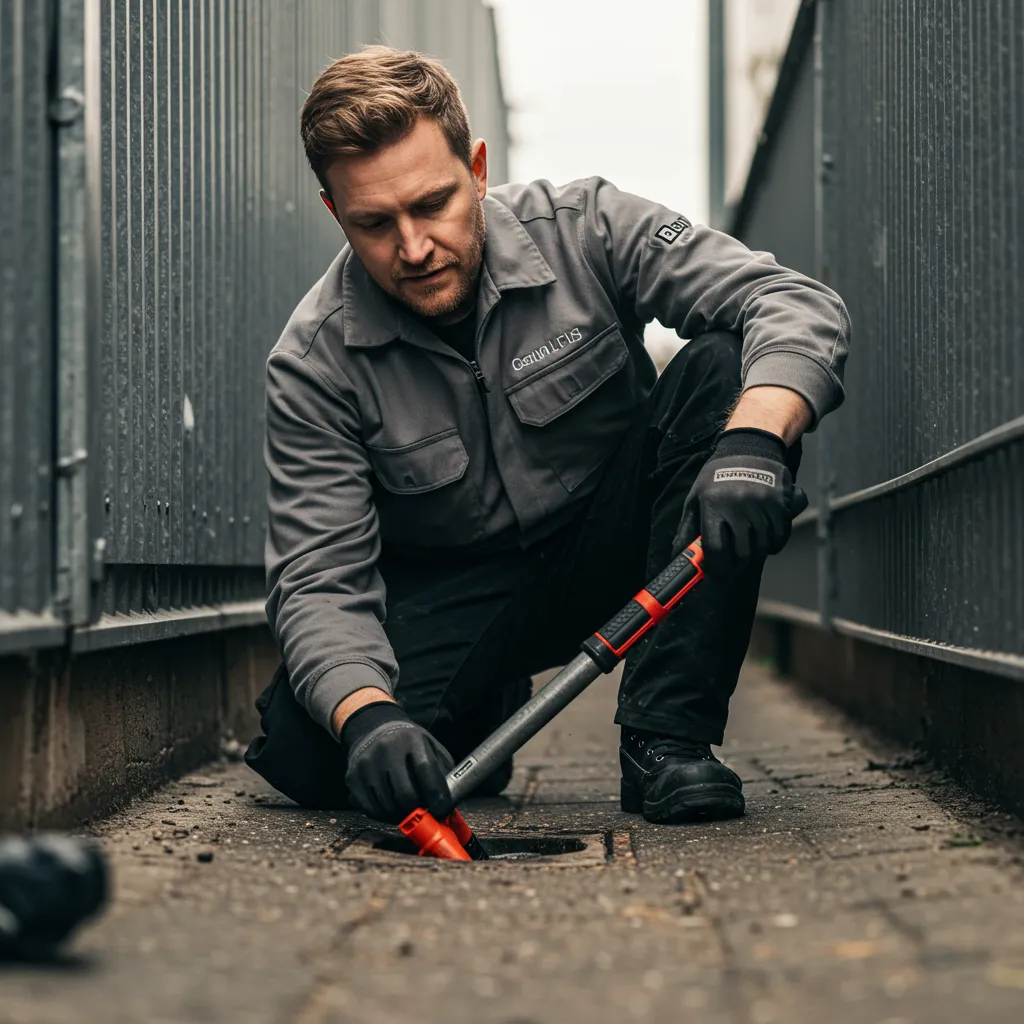
3 STEP "HOW WE WORK"
Quick triage — postcode, issue, urgency
Two time options — today after 4pm or tomorrow AM/PM
Up-front pricing — confirmed on site before work starts
OUR EXPERIENCE
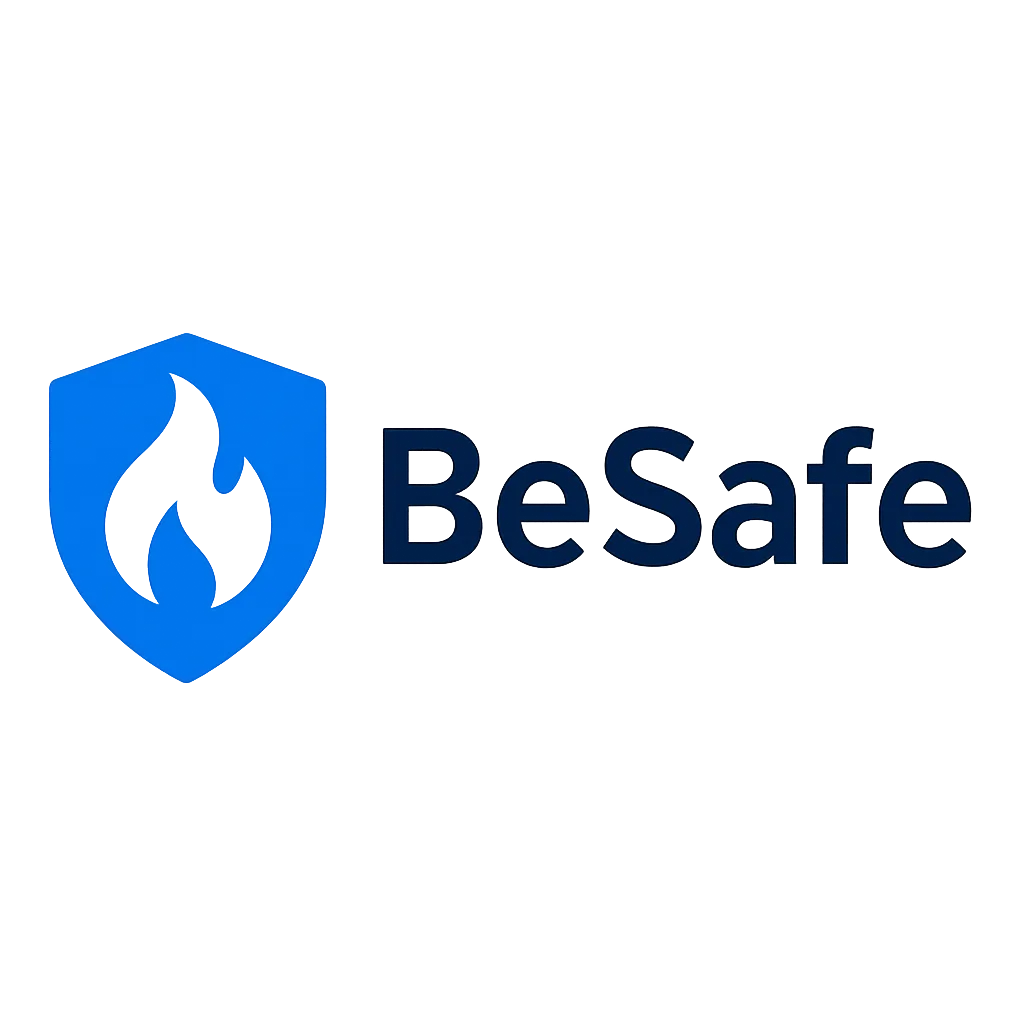
Residential Boiler & Heating Experts
We specialise in domestic heating across Glasgow — from emergency boiler repairs to annual servicing and new installs. Clear pricing, tidy work, and fast booking.
24/7 — Emergency availability
930395 — Gas Safe Register
2 Options — AM/PM appointments
12 Months — Workmanship guarantee
Why Glasgow picks BeSafe 24-7
• Same-day attendance for no-heat/no-hot-water faults
• Gas Safe Registered (930395) — warranty-safe work
• Upfront, itemised pricing — no hidden extras
• Vans stocked for first-visit fixes
• Clean finish, shoe covers and dust sheets; 12-month workmanship guarantee

Any time Call Us
0141 374 0545
Same-Day Call-Outs
We’ll offer two appointment options (today/tomorrow — AM or PM).
Upfront Pricing
An engineer diagnoses first. You approve a clear price before any work starts—no surprises.
Gas Safe Engineers (930395)
All boiler work is carried out by qualified Gas Safe engineers for safety and compliance
Tidy Work & 12-Month Guarantee
We protect your home, clean up properly, and guarantee our workmanship for 12 months.
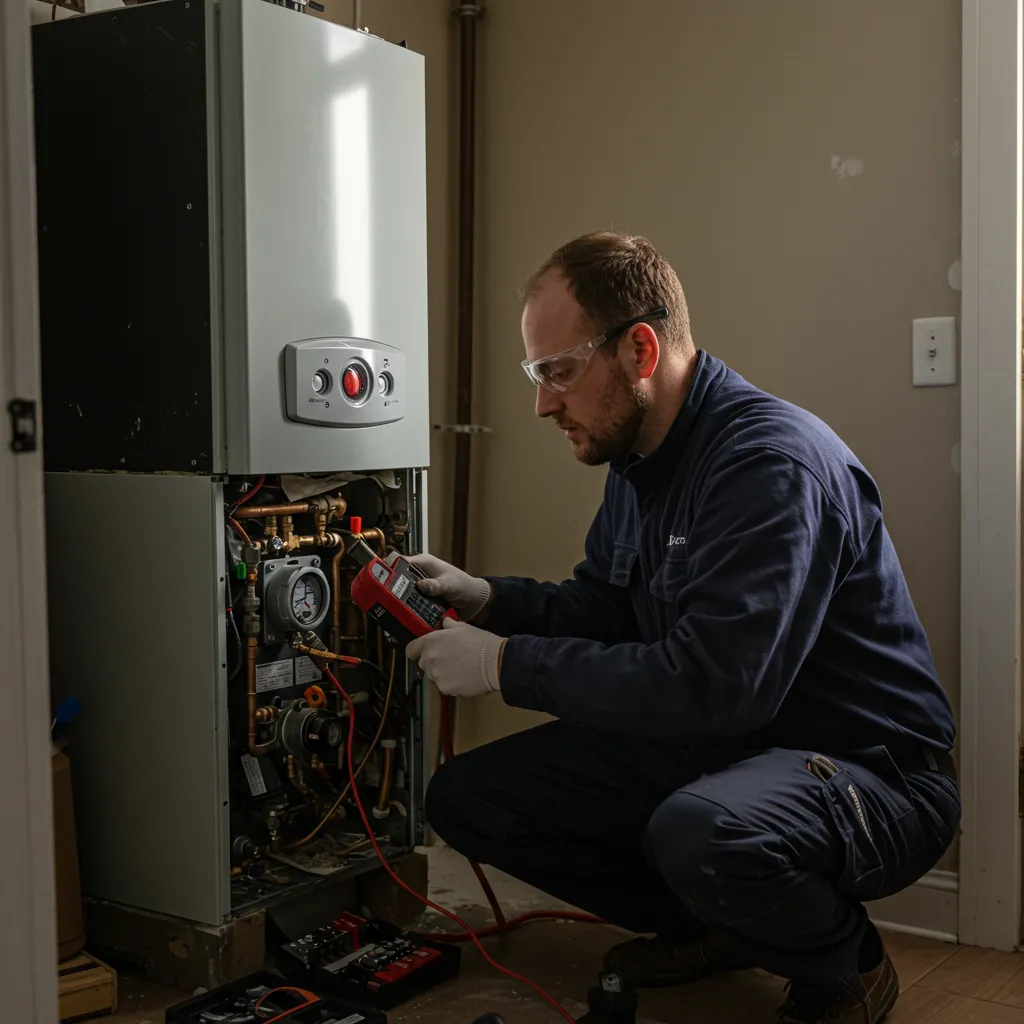
About Besafe 247 Boiler Repair Glasgow
Glasgow’s Trusted Boiler & Heating Engineers
Besafe 247 Boiler Repair Glasgow is a Glasgow-based team of Gas Safe engineers helping homes and landlords get back to heat and hot water without the hassle. We focus on clear communication, upfront pricing and tidy work — so you always know what’s happening, when and why.
Kamran Butt (Owner) - Thanks for trusting us with your home. If you ever need help, we’re one call away.
Frequently Asked Questions
Question 1: How fast can you attend?
Same day where possible; we offer two options (today PM / tomorrow AM).
Question 2: Do you give a price first?
Yes — the engineer confirms a clear price before any work.
Question 3: Do you work evenings/weekends?
Yes, 24/7 for urgent issues.
Question 4: Do you do CP12s for landlords?
Yes — servicing + certificate with reminders.
Question 5: Which boilers do you repair?
All major brands.
Question 6: Is your work guaranteed?
12-month workmanship guarantee.

Besafe 247 Boiler Repair Glasgow is a Glasgow-based team of Gas Safe Registered engineers helping homeowners with boiler repairs, servicing/CP12, new installs, plumbing, gas and drainage. We prioritise safety, tidy work and clear pricing—so you always know where you stand.
About
BeSafe 247 Boiler Repair Glasgow provides boiler repair, servicing/CP12, installs and plumbing across Greater Glasgow. Gas Safe Registered (930395).
Note
If you smell gas or suspect CO, call 0800 111 999

